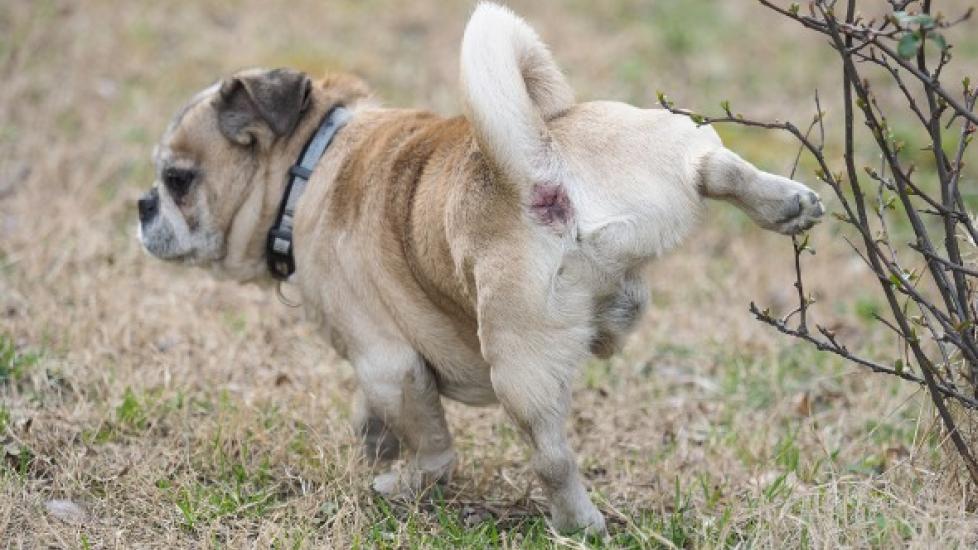Title: Navigating the Urolithiasis Labyrinth: Understanding and Managing Calcium Phosphate Stones in Canine Companions
Introduction:
In the intricate world of canine health, urinary tract stones—particularly those composed of calcium phosphate—can pose a formidable challenge to both pet owners and veterinarians. These crystalline formations within the urinary system are akin to silent intruders that disrupt the delicate balance of your dog’s well-being. However, with knowledge as our guide, we can illuminate this labyrinth and empower ourselves with strategies for prevention and management. Let us embark on an enlightening journey into understanding these stones and how best to care for our furry friends.
Understanding Urinary Tract Stones:
Urinary tract stones form when minerals precipitate out of urine and crystallize, often due to imbalances in pH or concentration. In dogs, calcium phosphate stones are among the most common types encountered by veterinary professionals. They may manifest as struvite crystals or larger calculi within the kidneys, ureters, bladder, or even the urethra. Symptoms can vary from nonexistent to painful urination, blood in the urine, straining, and frequent trips to the litter box.
Causes and Risk Factors:
The genesis of calcium phosphate stones is multifactorial, influenced by genetics, diet, metabolic disorders, infections, and other factors unique to each individual pup. Breed predispositions have been observed in certain large and giant breeds such as Great Danes, Saint Bernards, and Newfoundlands. Additionally, dietary indiscretion leading to excess mineral intake without adequate hydration can contribute to stone formation.
Prevention Strategies:
To proactively safeguard against calcium phosphate stones, it is crucial to maintain a healthy lifestyle for your four-legged friend. Regular physical activity encourages optimal hydration through increased thirst and water consumption. A balanced diet tailored to meet your dog’s specific needs based on age, size, weight, and any underlying medical conditions is essential. Veterinarian-recommended supplements may also be necessary to correct mineral deficiencies or imbalances. Routine check-ups should include regular urinalysis to monitor for early signs of urolithiasis.
Management and Treatment Options:
If stones are detected, treatment options depend on their location, size, and severity. Smaller stones might pass spontaneously with veterinary guidance on fluid therapy and dietary modifications. Larger ones may require surgical intervention using cystotomy or lithotripsy techniques to fragment and remove them. Postoperative care involves strict adherence to prescribed medications, pain management protocols, and a carefully crafted recovery diet designed to prevent recurrence.
Conclusion:
Navigating the complexities of urinary tract/kidney stones in dogs requires patience, diligence, and collaboration between pet owners, veterinarians, and animal healthcare specialists. By fostering a deep understanding of the causes, symptoms, and treatments available, we fortify our ability to provide compassionate care for our beloved canine companions. Together, let us walk side by side, navigating the labyrinth of urolithiasis with resilience and hope for a brighter future filled with wagging tails and joyful adventures.
